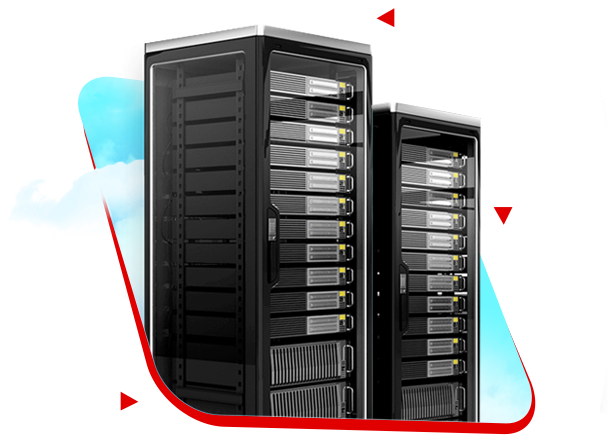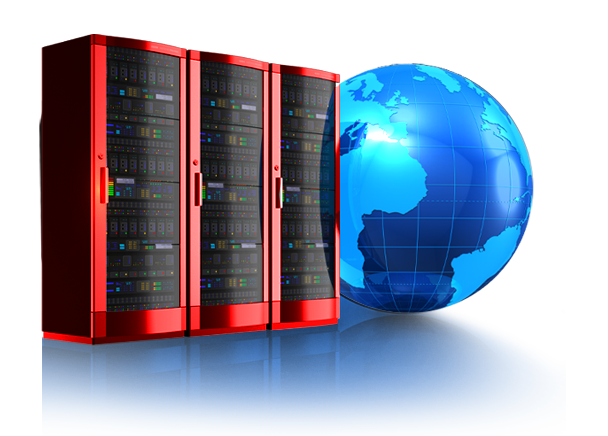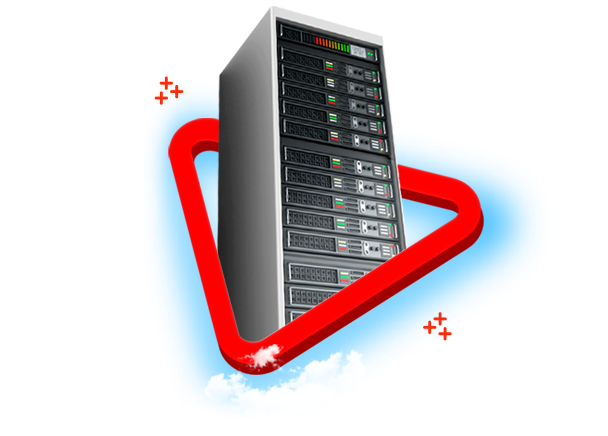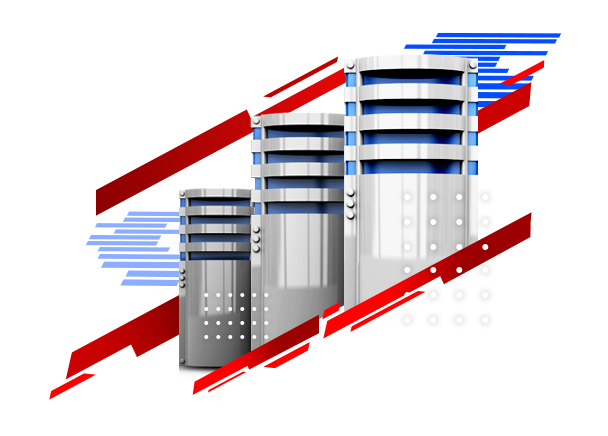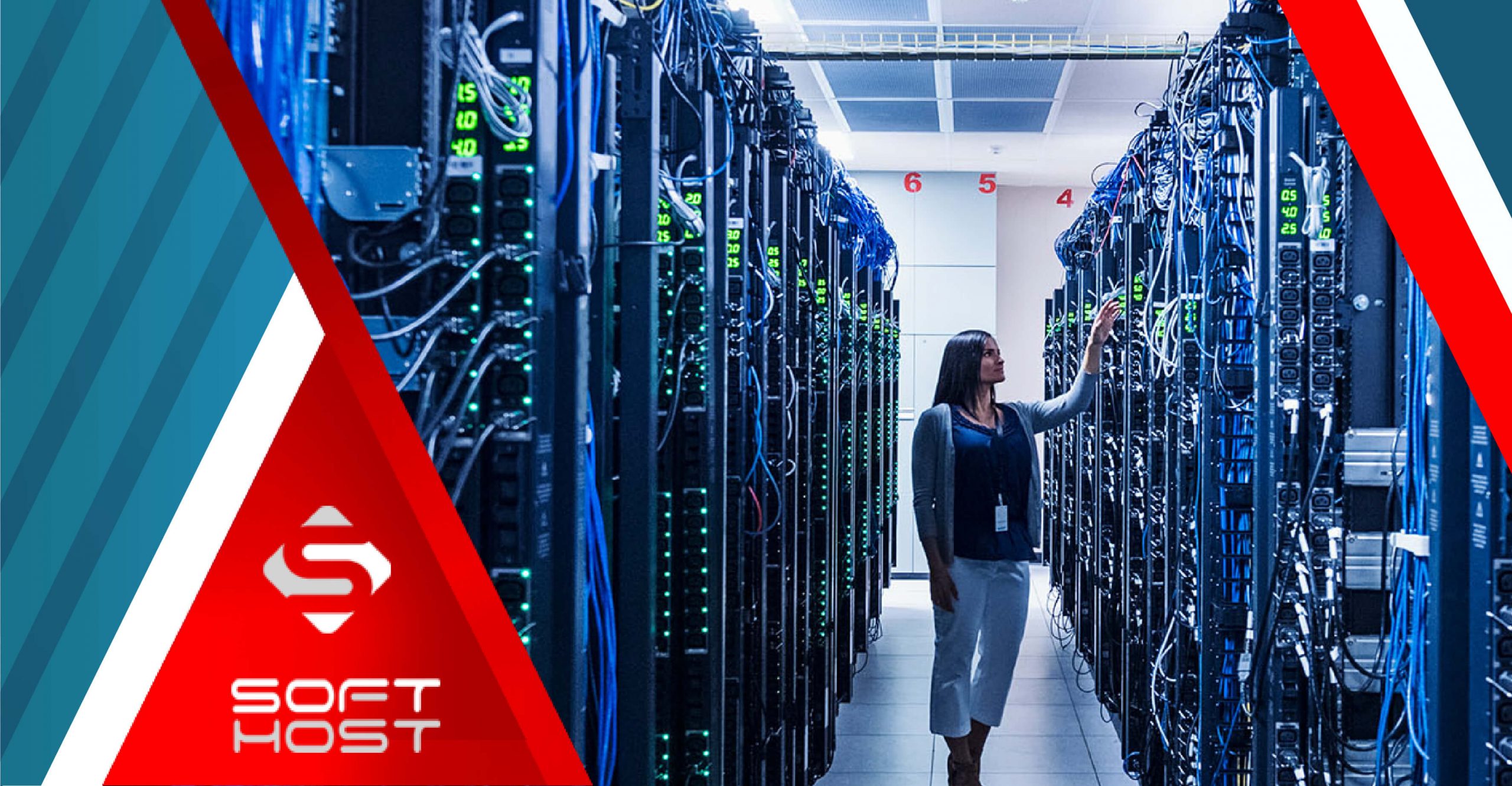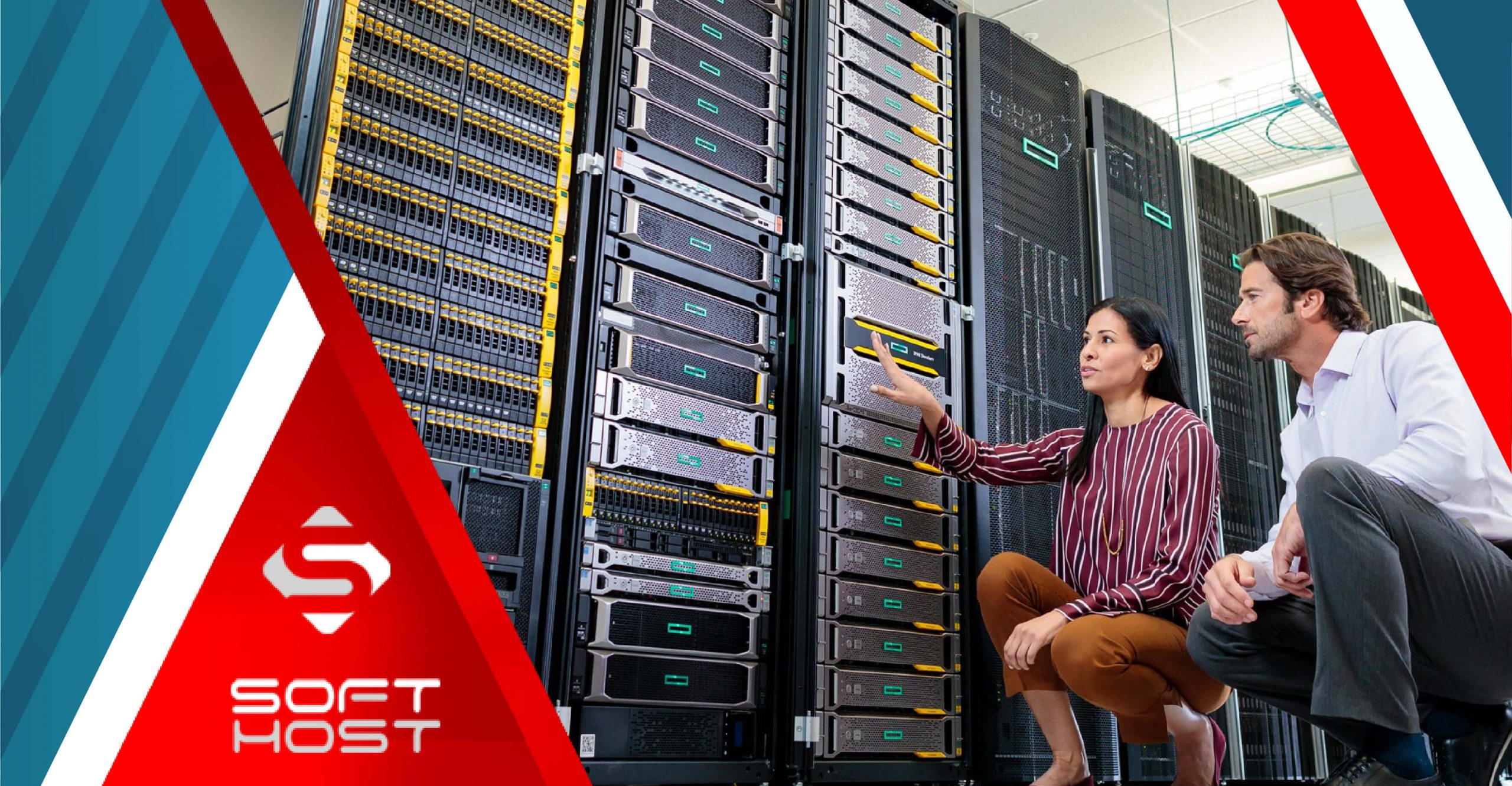
In this article, we would like to introduce and review one of the products that specializes in operating system virtualization. The name of this product is Docker, which is an open source platform. To know exactly what Docker is and how it works, stay with us until the end of this article.
A brief history of Docker
Table of Contents
A person named Solomon Hykes launched a mechanism called Docker. The purpose of this work was to interact more easily with containers. To summarize, this idea met with success and in 2014, after the release of Docker version 1.0, we saw its popularity increase.
As a result, one after another, companies launched server-based applications instead of virtual machines on the Docker platform. It is interesting to know that several large banks took help of this technology when Docker was still in version 1.0. This event showed that this new technology, which is in the initial version, has high security!
These days, Docker and Moby, which is known as Docker’s high-end collection, have attracted a lot of audience and according to Docker’s report, more than 3.5 applications are located in containers through Docker technology, and more than 3.7 billion applications are in this way. It has been downloaded.
It is interesting to know that giants such as Red Hat, Canonical, Oracle and Microsoft have also tended to use Docker, and currently almost all companies in the cloud computing platform use Docker in some way.
Now let’s go to examine the nature of Docker.
What is Docker?
Docker has made it possible for processes and software to be launched separately in a completely isolated environment on the Linux kernel; This isolated environment and package is called a container.
The container provides the possibility for programmers and application developers to unify a program with all its modules and dependent components (such as libraries, functions, etc.) and make them into a package so that the program can be produced on different platforms and systems without problems. be executed
In fact, the goal is to run that application in any environment without worrying about the settings and dependencies of a particular application on other platforms. So, if you are programming, we definitely recommend you to use Docker.
Docker, mentioned above, is responsible for managing containers and acts more like a virtual machine.
What is the difference between Docker and virtual machine?
The difference between Docker and virtual machine is that in VM (or virtual machine) to run different applications and programs that we want to work in isolation and separate from each other, different VMs must be created, which increases the processing load and waste of system resources. It comes on the server.
But in Docker, the Docker module is installed on a specific VM that can have a Windows or Linux operating system, and then on the Docker service, different containers containing different programs and applications are installed and run; without the containers having access to each other. In this way, the containers are isolated from each other and eliminate our need to create multiple VMs.
As it turns out, Docker runs on top of LXC and, like other containers, has exclusive access to system files, storage, CPU, RAM, and other resources. In this way, the main difference between containers and virtual machines (VM) can be seen in the fact that when the hypervisor abstractly creates an entire system, containers only abstractly create the kernel of the operating system.
This has resulted in millions of dollars in savings for cloud computing service providers, which is why tech giants have jumped to Docker.
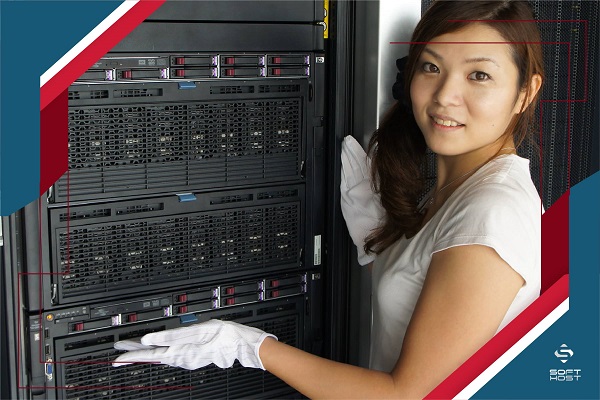
What are the reasons for Docker’s popularity?
Using Docker brings benefits for developers, which we will discuss in this section.
-
Isolated and stable environment
Using containers, developers can create isolated and predictable environments that are isolated from other applications. Regardless of where the application is deployed, everything is stable and this leads to increased productivity. How? In fact, by reducing the time you spend on debugging, you will have more time to launch new features.
-
Reasonable cost and fast deployment
Containers equipped with Docker are famous for reducing deployment time, and by any standard, this time reduction (up to a few seconds) is a feat!
In the traditional mode, things like preparation, hardware setup and implementation take a few days; In addition, you have to deal with extra work on the organization. But when a process is inside a container, it can be shared with new applications. What does this help?
The deployment process becomes faster and you save time and money.
-
Portable and can be implemented anywhere
Docker images have no environment restrictions and this position makes any deployment stable, portable and scalable. In addition, containers can be run anywhere, based on the operating system (Win, Mac OS, Linux, VMs, On-prem, in Public Cloud); This is an important feature for development and deployment.
Docker enables developers to easily and quickly deploy their applications in a container in a portable and portable manner. These applications can be run virtually from anywhere.
This process is done by isolating the code inside a single container. It is quite clear that such work makes the optimization and updating of the program easier. As companies active in the field of technology are looking for more ways to build portable applications, Docker is gaining new fans every day.
-
Automating capability
Coding with repeatable infrastructure and configuration will multiply your development speed. On the other hand, Docker images are often small in size, so as a result, their deployment in the container of new applications is done in a short period of time.
Another advantage is straightforward maintenance. When an application enters a container, it is isolated from other applications running inside the system. In other words, programs don’t get mixed up, making them significantly easier to maintain. By automating the processes, you will have more speed and fewer mistakes.
-
flexibility
If you need to upgrade during the release cycle of a product, Docker makes it easier for you. how about
You can make required changes to Docker containers, test them and finally unveil new containers. In fact, this key feature (that is, Docker’s high flexibility) allows you to build, test, and publish new images that can be deployed on several different servers.
With Docker, the project can be tested on several new and different servers, and all members of the group are able to collaborate on a single project with the same settings. This enables developers to quickly test new versions of their application and ensure that it works correctly.
-
Scalability
The containerization method in Docker allows you to compartmentalize the application and then refresh, clean, or repair its various parts; Without the need to stop the entire program!
In addition, with Docker you can build an application architecture based on small processes that communicate with each other through an API. Now let’s assume that the developers are working together to develop and solve the problems of these processes; This way, the development cycle goes faster, problems are solved more easily, and you save time and money.
-
being optimal
If you are familiar with virtualization, you must know that virtualizers such as Hyper-V, KVM, and Xen provide network administrators with virtual hardware. As a result, these mechanisms require strong hardware resources.
On the other hand, containers use shared operating systems. As a result, we are on the side of a more efficient method that optimizes the use of Docker’s system resources. Unlike hardware virtualization, containers are placed on top of a Linux instance and provide a small and compact space for applications.
Thanks to this feature, about 4 to 6 times more instances are running on a single hardware than Xen or KVM VM technology. Containers, on the other hand, help developers put their code into a common repository. This will speed up the coding process and the codes will perform better.
In the meantime, if you are familiar with GitHub, you must know very well that this platform has provided the conditions for cooperation to share codes among developers. In this sense, Docker can be considered similar to GitHub; Because the official GitHub repository helps commercial companies to optimize their software and improve their implementation and management.
-
Agility
Docker containers are easily placed in the cloud computing environment and are designed in such a way that almost all applications that use the DevOps methodology interact with Docker.
Docker provides a local environment for development, which provides developers with exactly the functionality of a server. This is very useful for the CI/CD development method. In this way, it is possible to run several development environments from a specific host with a single software, operating system and settings.
-
Standardization of containers
Docker provided companies with new features that we had not seen before. In this context, we can mention the simplification of its implementation and use. On the other hand, Docker cooperates with other containers from Canonical, Google, and Red Hat, and as a result, we see good standardization for containers.
Also, Docker can be run on different operating systems and this point has made it an unrivaled product.
-
Monitor and manage containers
All IT infrastructures require management and monitoring, and in this regard, containers must also be monitored and placed in a controlled state. Otherwise, it will not be clear what programs the server is running.
Fortunately, you can get help from Devops programs to monitor Docker containers; But it should also be noted that these programs are not optimized for containers. This is where you should look for cloud computing management and monitoring tools.
Tools like Docker Swarm, Kubernetes and Mesosphere seem to be good options in this field, and experience has shown that among these tools, Kubernetes has more capabilities.
Get to know the key terms in Docker
When researching or using Docker, you may come across terms that may be a little confusing to you at first. In this section, we explain these terms.
Docker Hub
is a repository or resource launched by Docker. Teams can search for Container Images using Docker Hub or share them with each other, customers or Docker Hub members.
Image
Docker Image is a binary file that contains all the necessary things to run a container. An image contains everything that is needed to run a program; including the program’s executable code, any software that the program depends on, and any required configuration settings.
You can build your own custom images using a Dockerfile or use images built by others and then shared on Docker Hub.
To build an image from a Dockerfile, the build docker command is used.
To run an Image in a container, the docker run command is used.
Container
An example of a runtime image.
Typically, a container is completely isolated from the host environment and only accesses the host’s files and ports when configured to do so.
To run an Image in a container, the docker run command is used.
Dockerfile
A text document contains the commands necessary to build a Docker Image.
These commands range from the beginner level (copying files from one directory to another directory) to the complex (setting an Image as a fixed element). For example, you can create a Dockerfile that uses the ubuntu image as a base; But at the same time, the Apache web server installs your application and other necessary configuration items.
Docker Store
Docker Store is similar to Docker Hub; But the images available in the Docker Store are provided by commercial entities approved by Docker.
Final word
As mentioned above, Docker allows to run more applications than other technologies with a specific hardware, and this makes the creation and management of applications simpler.
In the end, we suggest if you are interested in new technologies and have used Docker so far. In the comments section, let us and other users know about your useful experiences.
CATEGORY:Blog


